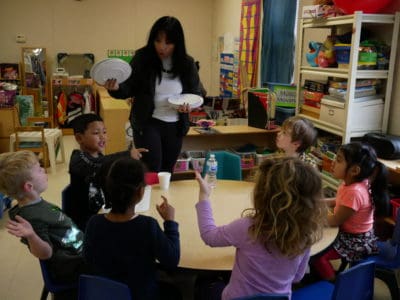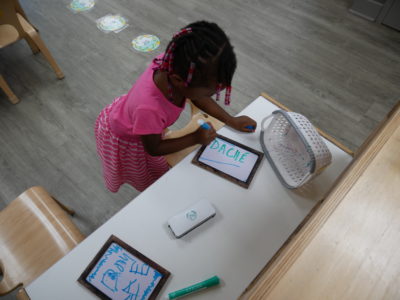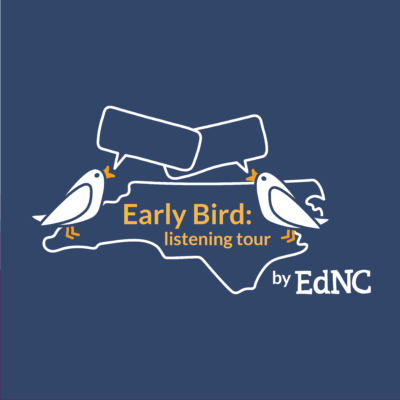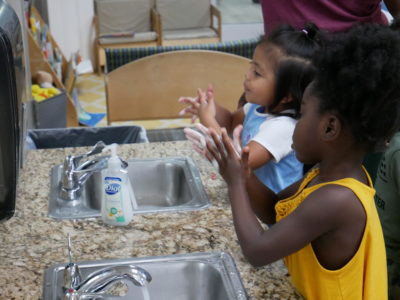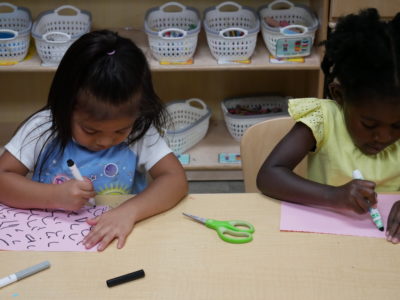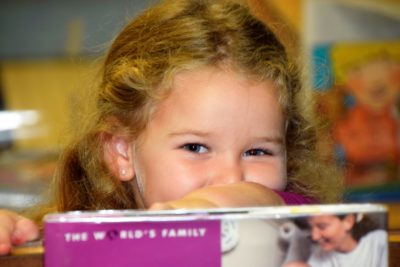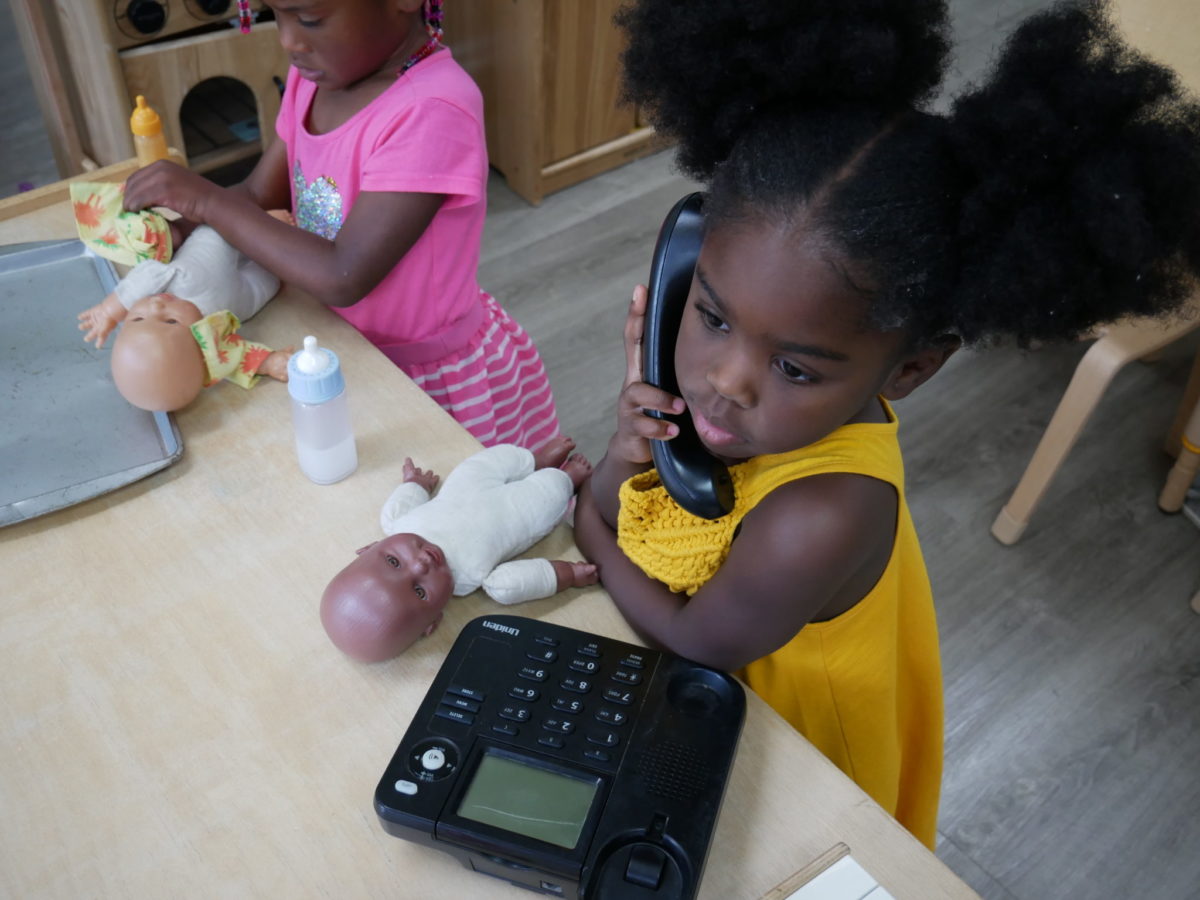

The spring brought tough health and financial choices for child care facilities across North Carolina. Almost half of them shut down, while half stayed open to care for children of essential workers.
Researchers predicted that much of the child care system would close permanently. Yet as 2020 winds down, about 90% of North Carolina facilities are open.
But the coming months will be especially trying for providers, experts say, with relief funds running out, enrollment still down, and coronavirus cases surging.
“It’s a continued fear,” said Ariel Ford, director of the Division of Child Development and Early Education (DCDEE). “There’s the potential for kind of a delayed outcome that we thought might come in the spring and were fortunate to avoid.”
View the map below to find the percentages of child care facilities that are open in each county, as well as how many were open in March and in November. These data were provided by DCDEE under the Department of Health and Human Services.
I created similar maps from DCDEE data in April, when 57% of centers and homes were open, and in June, when 66% were open.
Although most facilities are open, their enrollment is still down, said Marsha Basloe, president of the Child Care Services Association (CCSA).
“So we’re sitting at about 60% overall enrollment, and programs are truly, truly concerned about being able to make it,” Basloe said in an interview with EdNC. “… We thought that we’d have federal COVID funds by now; that didn’t happen.”
Some parents haven’t returned to work and don’t need child care. Some can work from home and don’t feel good about the safety of sending their children back.
“While we are seeing a growth in families coming back into child care, which we’re really pleased about — we’re grateful that families see it as a safe place to have their children — it is not as quick as programs might need to make their budgets balance,” Ford said.
Cassandra Brooks, director of Little Believer’s Academy, with sites in Clayton and Garner, said she did not know whether her facilities could survive another quarantine closure when she spoke to EdNC at the end of October.
Seventy-five percent of the children at her centers participate in the state’s subsidy program, which is paid for with a mix of state and federal funds. After the expiration in September of a hold-harmless policy — under which DCDEE had paid subsidies to providers based on pre-pandemic attendance — Brooks said she was worried.
“If we got another case, I don’t think I could afford to do that whole process again,” Brooks said. “… It’s not even possible, the way the subsidy funding is cut right now.”
How has the state escaped closures so far?
Throughout the year, DCDEE has provided targeted supports for educators, providers, and parents, mostly through the $118 million the division received through the federal Coronavirus Aid, Relief, and Economic Security (CARES) Act.
These resources, from operational grants to bonus payments to subsidy dollars, have kept many providers afloat.
“For them to say, ‘We’re taking care of y’all,’ I appreciate it,” said Brenda Flowers, director of Little Kings & Queens Daycare, a home-based facility in Rocky Mount. Flowers said she received protective gear and bonus payments earlier in the year.
Basloe attributed the small number of closures across the state to “the smart way” DCDEE used federal relief funds. She said other strengths in the state’s early childhood system, such as a highly educated workforce, the quality rating system, and its Smart Start local infrastructure, have helped.
“Compared to other states, I think that we’re in much better shape,” Basloe said.
Two more rounds of bonus payments will go to providers in November and December, Ford said, as well as another batch of operational grants. That will exhaust the division’s relief funds, she said.
No one knows when more federal relief funds will come, though some experts say bipartisan support for child care funds is gaining momentum at the national level.
The state legislature meets in January for its long session, in which it will work toward a state budget and decide how to spend any new federal relief funds, if there are any. The NC Early Education Coalition is advocating for child care subsidy funds, new subsidy rates, and investments in child care for infants and toddlers.
Pre-existing child care deserts
Lack of access to child care was an issue that burdened parents before COVID-19 added strains to the system.
Forty-four percent of people in North Carolina lived in a child care desert in 2018, according to A Center for American Progress report. The report defined a desert as an area where there were more than three young children for every licensed child care slot.
The following map shows the percentage of children living in child care deserts, by county, pulling from the same 2018 data from the Center for American Progress, reported out by the NC Justice Center in April.
The economic impact of these deserts is large, Basloe said, and more closures could keep parents from getting back to work. About 19% of U.S. working-age adults in July said the reason they were not working “was because COVID-19 disrupted their childcare arrangements,” according to the U.S. Census Bureau.
“Of those not working, women ages 25-44 are almost three times as likely as men to not be working due to childcare demands,” the bureau reported. “About one in three (32.1%) of these women are not working because of childcare, compared to 12.1% of men in the same age group.”
Ford and Basloe said investment in the early care and education system, including its workforce, is needed not just to escape closures in the short term, but to create a sustainable long-term economy.
“In order for our economy to succeed, we have … to make sure that the early childhood system works, because otherwise the economy’s not going to work,” Basloe said.



